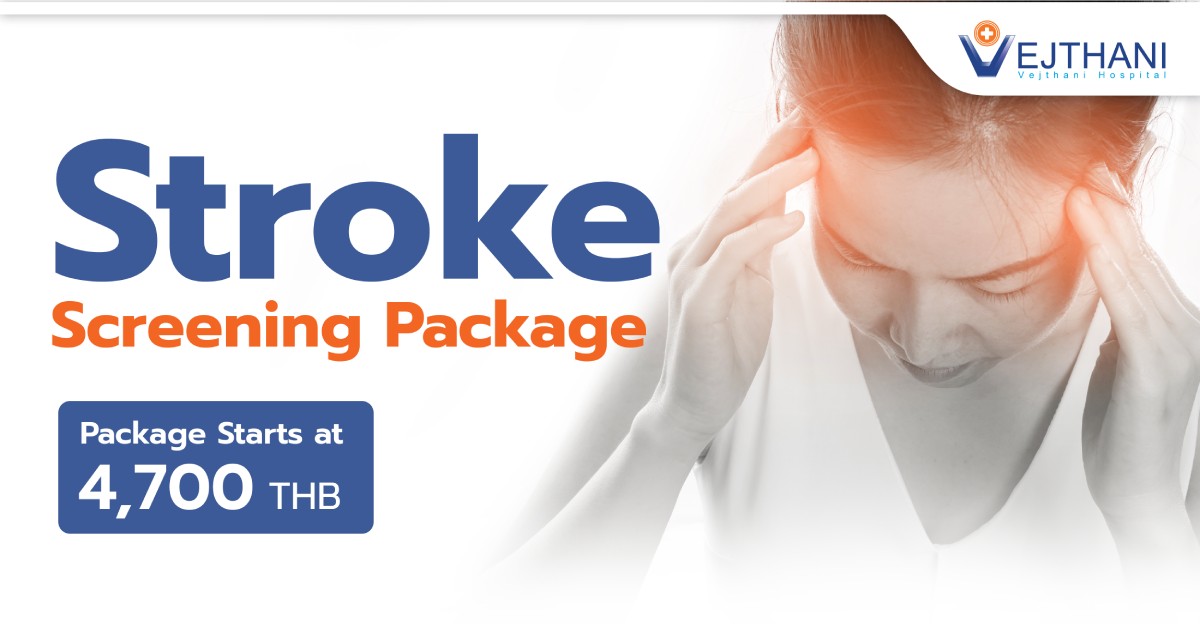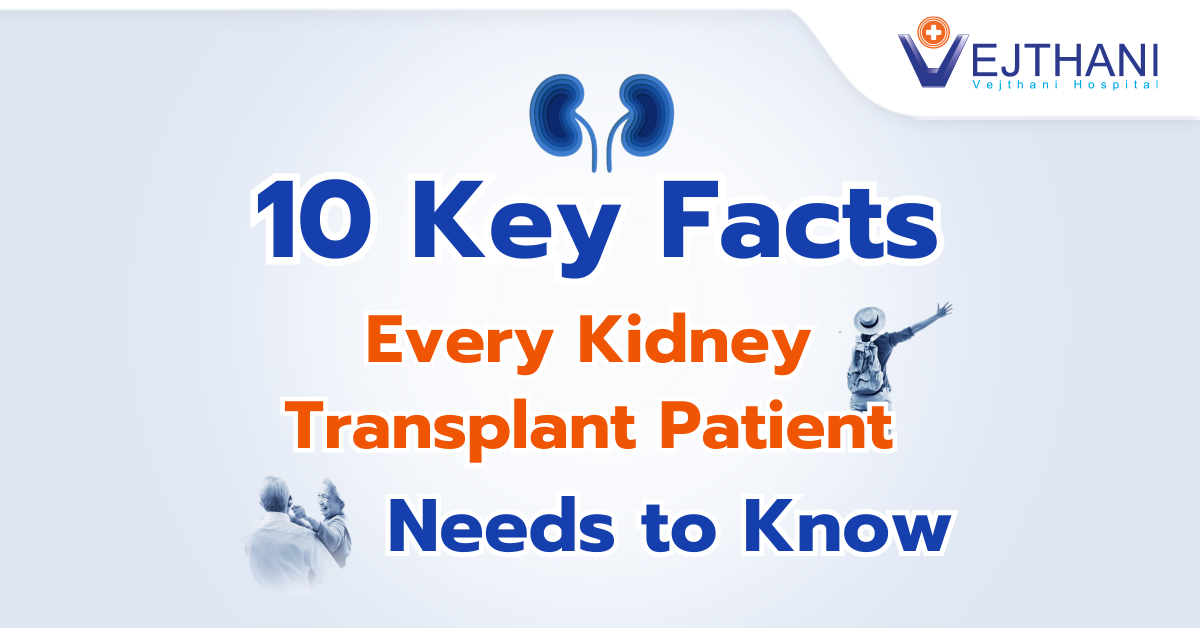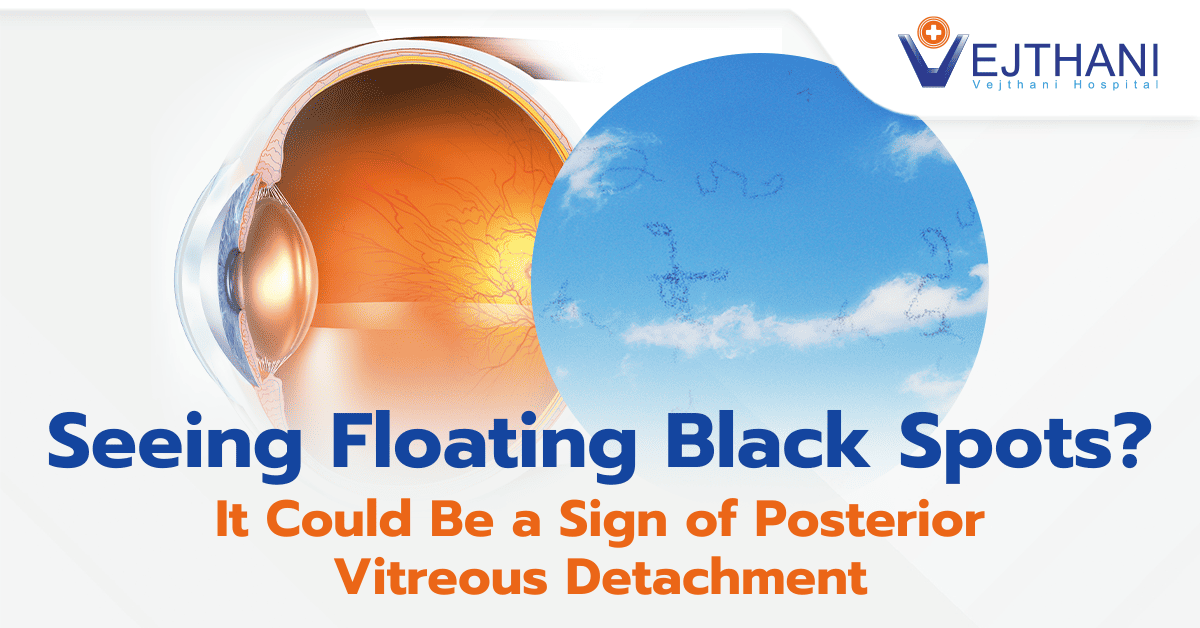
Enhanced External Counterpulsation (EECP)
Overview
Enhanced external counterpulsation (EECP) therapy, FDA-approved for chronic stable angina, characterized by long-term chest pain that doesn’t respond to other treatments. It may also be recommended for individuals who require a procedure to restore blood flow to their heart but are not eligible for surgery. Administered over about seven weeks as an outpatient, it enhances blood circulation noninvasively through applied pressure. It reduces medication dependence and improves physical activity tolerance, with minor side effects. Consult your doctor to determine eligibility for EECP therapy.
Reasons for undergoing the procedure
Your doctor could suggest EECP if you have any of the following:
- Chest pain.
- Dyspnea (shortness of breath).
- Cough.
- Fatigue.
Other conditions that EECP can help with include:
- Heart failure.
- A type of angina called cardiac syndrome X.
- Kidney failure.
- Cerebrovascular disease.
- Left ventricular dysfunction (an early stage of heart failure).
- Peripheral Artery Disease (PAD).
- Lung disease.
EECP therapy is not suitable for treating acute coronary syndrome or unstable angina, characterized by intense, frequent, and persistent symptoms, including occurrences during rest. In such cases, immediate action is crucial: dial emergency services or have someone drive you to the nearest emergency department, as these symptoms may indicate a heart attack.
EECP treatment enhances blood flow to your heart by applying pressure to the blood vessels in your lower limbs. This improved circulation helps your heart function more efficiently, leading to a reduction in symptoms. Moreover, this treatment may encourage the development of new blood vessels, known as “natural bypass” vessels. These pathways can alleviate angina symptoms by providing alternative routes for blood flow to the heart if the coronary arteries are narrowed or blocked.
EECP therapy might be appropriate for you if you:
- Experience long-term chest pain or pressure that occurs intermittently during physical activity or stress.
- No longer find relief with medication.
- Are ineligible for invasive procedures such as surgery.
- Feel symptoms returning following an invasive operation, such as stenting, angioplasty, or bypass surgery.
Risks
Complications related to treatment are generally mild, with most individuals experiencing no serious side effects or discomfort. Rarely, shortness of breath may occur, necessitating hospitalization and medical intervention.
Fatigue and muscle aches are common adverse effects. Because of the equipment, some persons have blisters or skin irritation. Others might have:
- Edema.
- Bruises.
- Pressure sores.
- Extreme tiredness.
- Muscle or joint pain.
- Numbness or tingling.
Before the procedure
An examination and exercise stress test are conducted by a healthcare professional prior to beginning EECP therapy. Additionally, your doctor goes over the necessary equipment and process.
Just before to receiving care, a provider:
- Requests that you go potty and put on special treatment pants.
- Adheres three Electrocardiogram (EKG) patches to your chest and places inflatable cuffs around your legs and buttocks. Air hoses are connected to the cuffs.
- Provides you with a finger sensor to monitor oxygen and pressure levels, allowing medical professionals to modify treatment for optimal outcomes.
During the procedure
During EECP therapy, you lie down on a padded table and relax or even nap while air cuffs around your lower limbs are inflated. These cuffs tighten around your legs and buttocks, reaching the full treatment pressure.
The inflation and deflation of the cuffs are synchronized with your heartbeat using EKG and blood pressure monitors. The cuffs inflate during your heart’s resting phase, increasing blood flow to the arteries that supply your heart. They deflate rapidly to reduce the effort your heart needs to pump blood.
Once you get used to the sensation, the therapy should be comfortable and free of pain or discomfort. After each session, you can return to your normal daily activities.
EECP therapy is typically an outpatient treatment lasting about 35 hours in total. This is typically administered as one-hour sessions each day, five days a week, over seven weeks. Alternatively, it can be done twice daily over three and a half weeks, with breaks between sessions.
After the procedure
Responses to EECP therapy can vary. Some patients may experience fatigue in the days following treatment. By the final weeks of the seven-week regimen, most patients typically report improvement in their symptoms.
If symptoms recur, it’s important to consult your doctor. Approximately 20% of patients may require additional EECP therapy, especially if they were unable to complete the initial 35-hour session.
Outcome
Hospitalization isn’t required for EECP therapy. After treatment, you can resume your normal routine immediately. Be sure to inform your doctor about any adverse effects you experience.
Many patients experience improved blood flow and reduced angina symptoms for several years after treatment. Some individuals may need additional rounds of EECP therapy in the future.
Contact Information
service@vejthani.com






















